Traditional Office spaces vs. Nest-In's Prefabricated Offices
Office spaces have transformed dramatically over the years. Today’s workspaces are thoughtfully designed to support flexibility, collaboration, and employee well-being—with prefabricated buildings becoming a preferred choice. But how did we get here?
Let’s explore the shifts and contrasting characteristics of traditional office buildings in comparison with Tata Steel Nest-In's prefabricated office buildings.
Workplace Needs: Then vs. Now
In the past, workplaces were structured around static roles and rigid schedules, with a heavy reliance on physical presence. Traditional office spaces catered to these needs with basic infrastructure, focusing on standard layouts and conventional amenities. However, modern workplaces are driven by the resurgence of managed office spaces, the popularity of co-working environments, and a gradual shift by companies towards re-integrating their workforce into physical office settings. Let’s take a quick look through the key differentiating features between traditional and present workplace requirements:
|
Parameter |
Traditional Workplace Needs |
Modern Workplace Needs |
|
Layout |
Closed, hierarchical layouts |
Open-plan, collaborative spaces dont think this is correct |
|
Design |
Functional but minimal aesthetic |
Emphasis on aesthetics, employee comfort, and well-being |
|
Usable and Flexible Spaces |
Fixed desks, cubicles, and meeting rooms without much space for multitasking |
Flexible and multi-use work areas that can serve as meeting rooms, recreational areas, thinking spaces, etc. |
|
Workstations |
Limited meeting rooms |
Abundant collaborative spaces and lounges |
|
Tech Integration |
Basic infrastructure |
Advanced tech with IoT, cloud, and digital tools |
|
Sustainability |
Limited focus on eco-friendly materials |
High focus on sustainable, energy-efficient design |
|
Amenities |
Basic facilities (canteen, parking) |
Enhanced amenities (wellness rooms, EV charging, breakout zones) |
Tata Steel Nest-In: Leading the Way with Prefab Office Spaces
Traditional office buildings, constructed predominantly from concrete, brick, and steel, have long been valued for their permanence but often lack the adaptability and sustainability required in today’s dynamic work environment.
These conventional structures come with several drawbacks:
- Construction Time: Require extensive time and labour to build, often taking months or even years.
- Rigid Design: Limited flexibility, making customisation and scalability difficult and expensive.
- Static Amenities: Amenities in traditional offices, such as toilets, canteens, common areas, and parking, tend to be static and inefficient in space usage, rarely accommodating modern necessities like EV charging stations.
In contrast, Tata Steel Nest-In's prefabricated office buildings address these evolving demands with remarkable agility:
- Fast Construction: Unlike traditional buildings, prefab office buildings are constructed offsite, reducing build time to mere weeks. This enables businesses to set up swiftly, offering faster construction compared to conventional methods.
- Sustainable Materials: As the demand for eco-friendly solutions grows, prefabricated buildings present a greener alternative. Tata Steel Nest-In’s prefab office buildings are built with lightweight, eco-friendly materials, offering a smaller carbon footprint and greater energy efficiency.
- Modular Flexibility: Modern businesses require office spaces that adapt to changing needs. Prefab office designs allow for easy customisation and expansion, seamlessly adapting to shifts in workforce size or spatial needs.
- Modern Amenities: These include optimised common areas designed for collaborative interactions with smart space usage, adaptable facilities such as efficient toilets, canteens, and communal spaces, and future-ready parking with integrated EV charging options and optimised layouts.
The Road Ahead
The shift from traditional office buildings to prefab office solutions like those provided by Tata Steel Nest-In highlights the evolving needs of the modern workplace. Prefabrication offers a smarter, more efficient way to construct office spaces, addressing key concerns such as sustainability and adaptability. As businesses in India increasingly embrace prefab for offices in India, the future of workspaces seems to be heading towards a more sustainable, customisable, and technologically integrated model.
Embracing prefabricated office buildings not only meets today's demands but also prepares businesses for tomorrow’s challenges, creating a forward-thinking environment that enhances productivity and employee satisfaction.
Posted in MobiNest on Oct 22, 2024.
Contact us
Recent Post
Faster and Sustainable: How Nest-In Is Redefining Modern Construction
Sustainable Construction for a Greener Tomorrow with Nest-In
The Nest-In Promise: Quality and Trust in Every Construction
From Vision to Reality: Nest-In’s Role in Customised Infrastructure Development
Category
- Nest-In 59
- HabiNest 59
- MobiNest 136
- Nestudio 31
- EzyNest 20
- Smart EzyNest 5
- ChargeNest 6
- Covid Offerings 4
- Brand 10






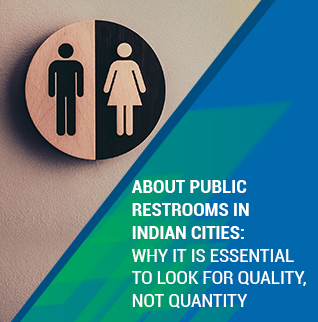


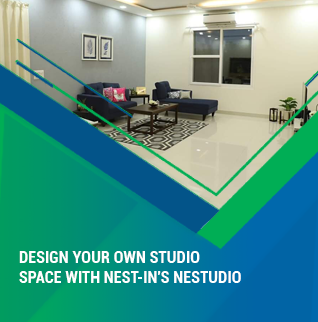






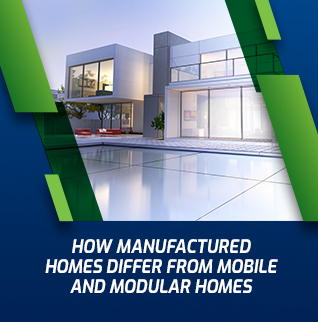






























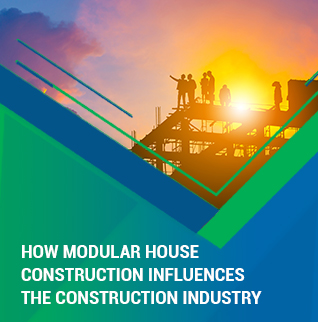
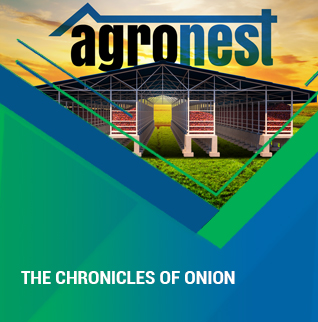
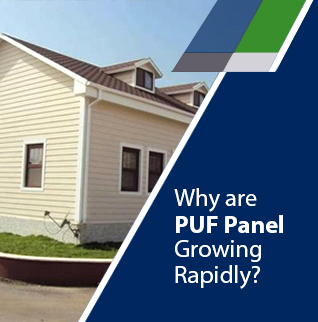






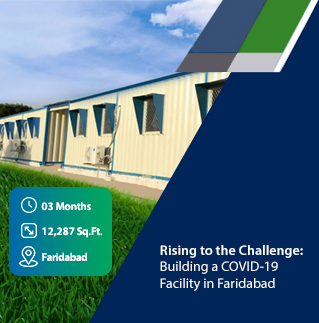







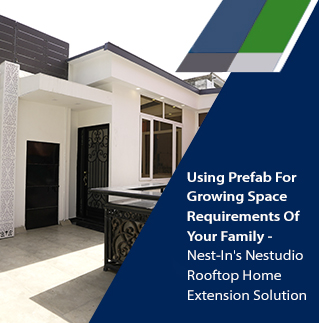



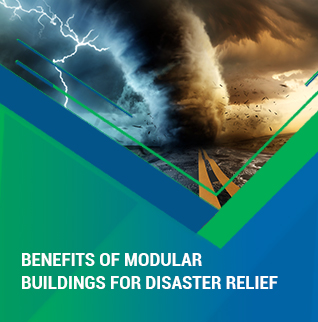
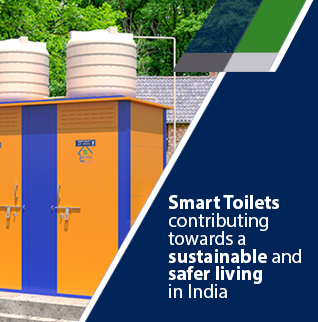






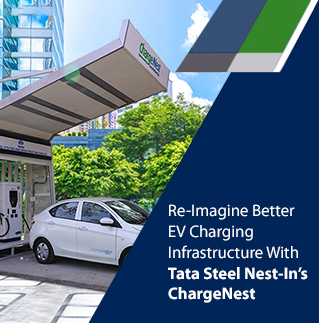
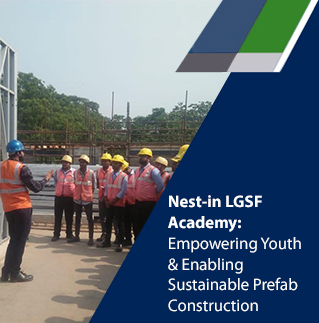




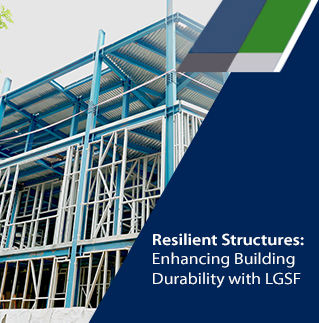


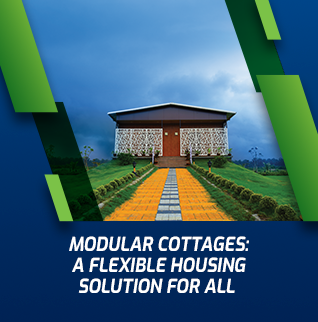











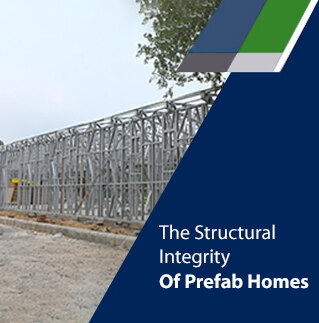















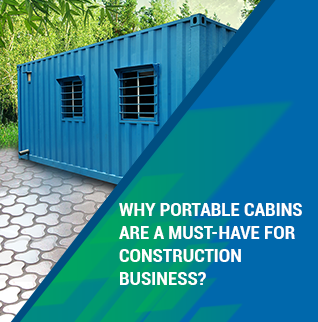

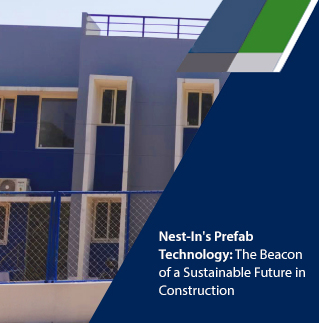


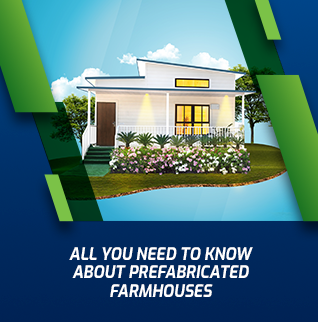



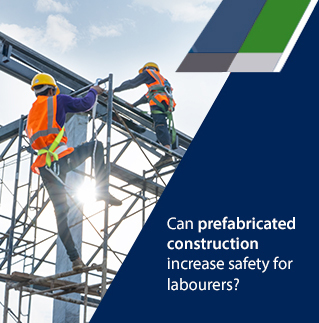
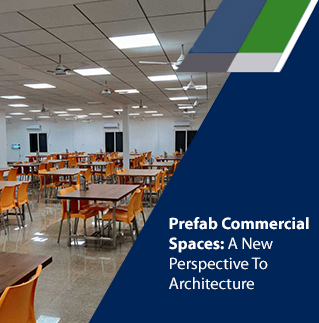














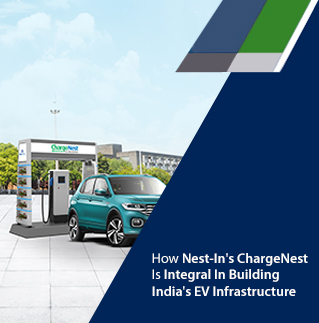


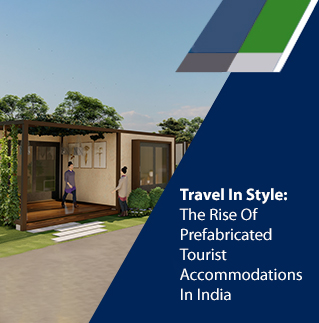


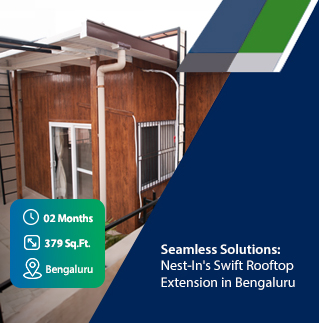


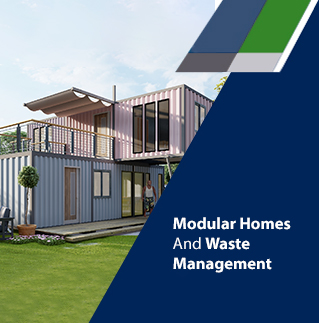










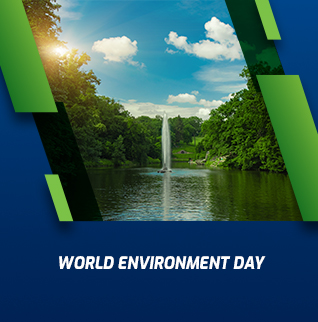


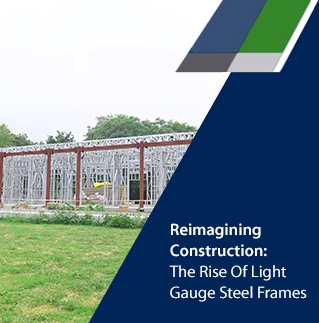
















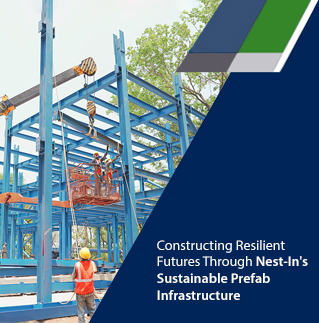



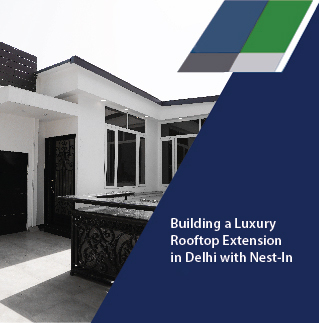





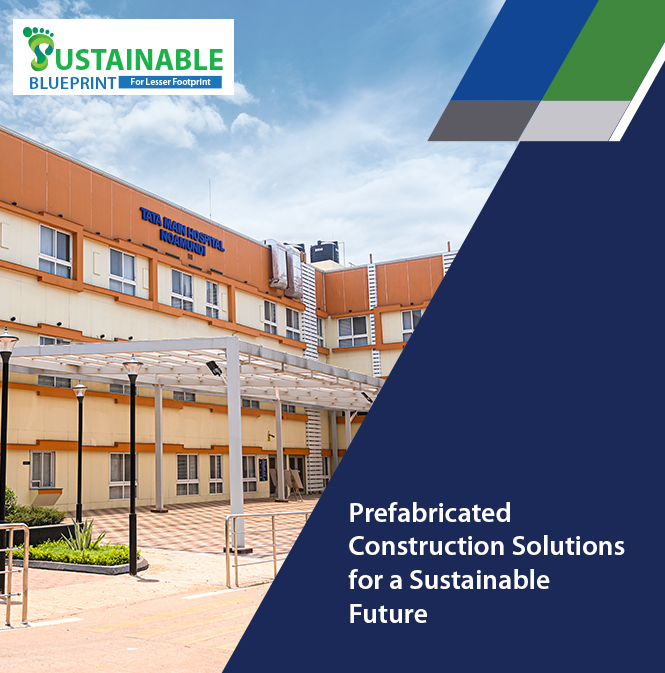






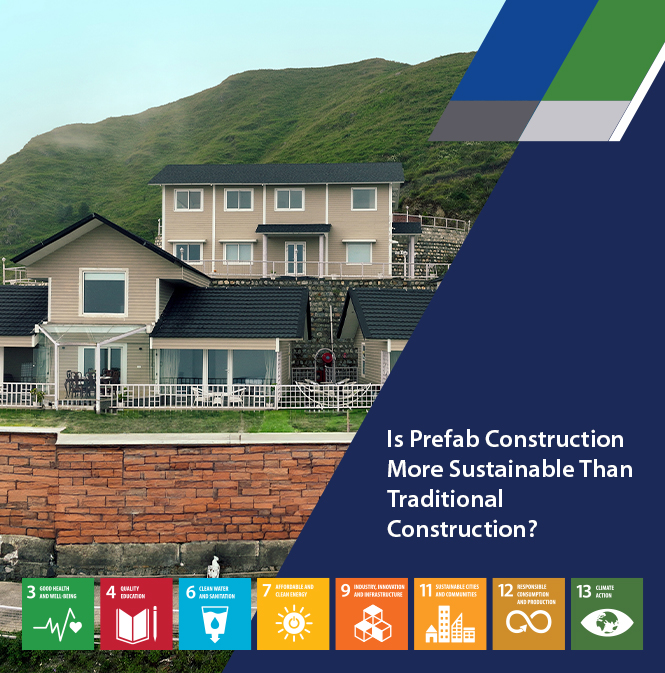


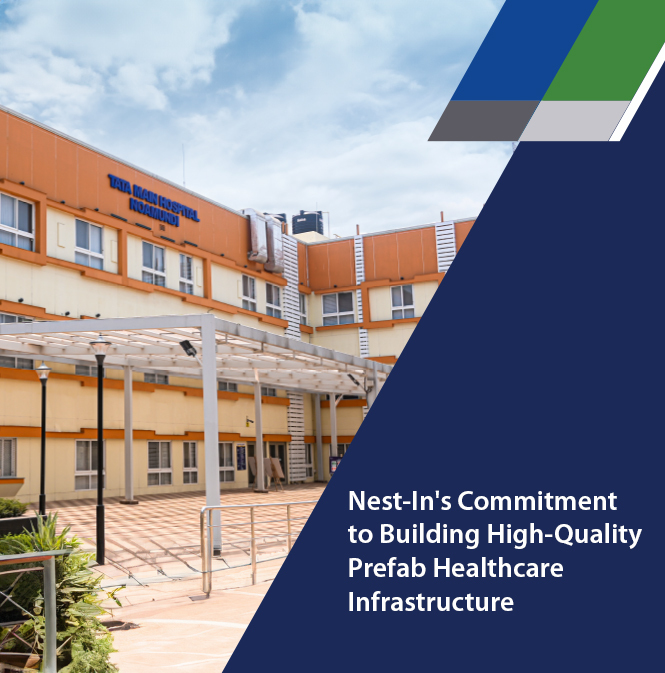


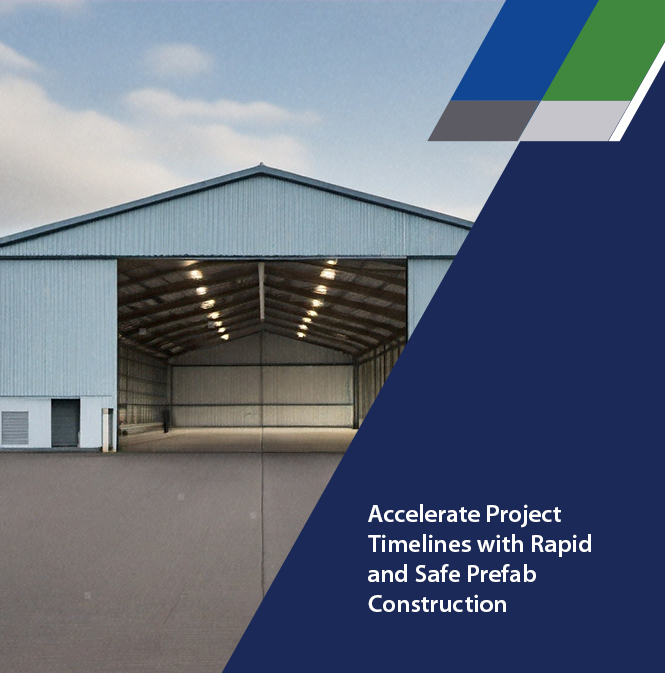
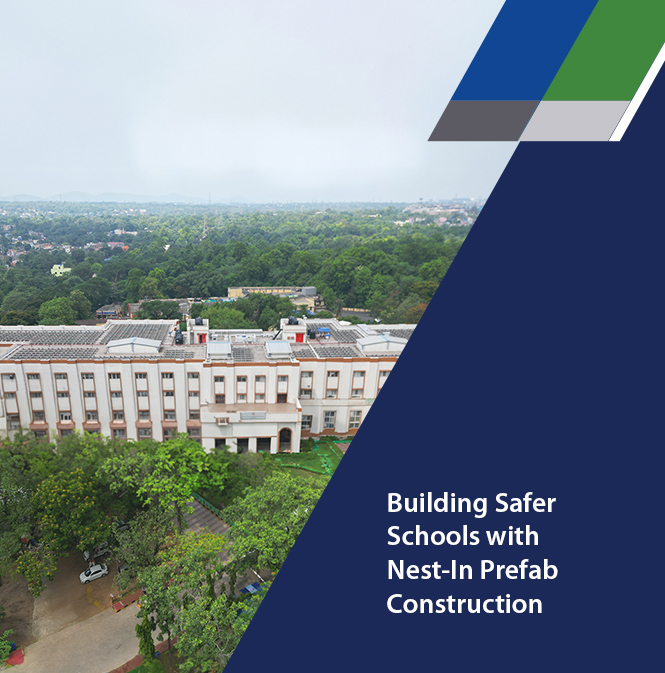




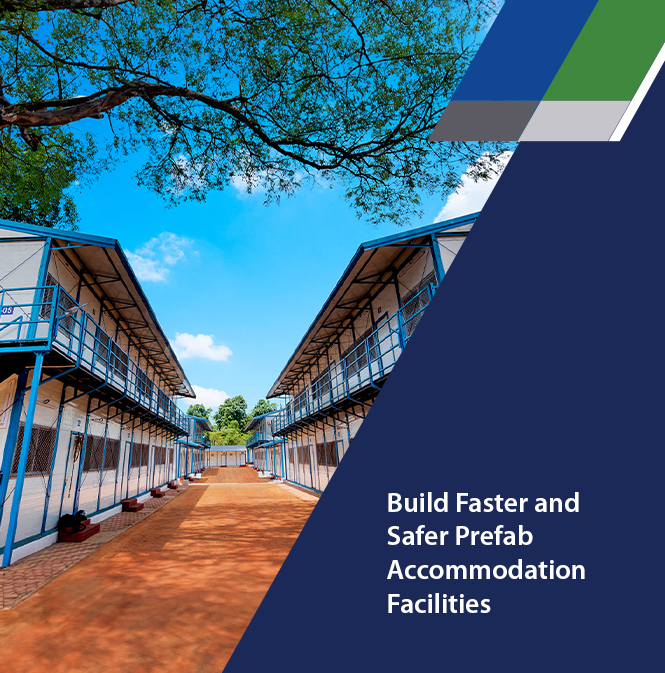
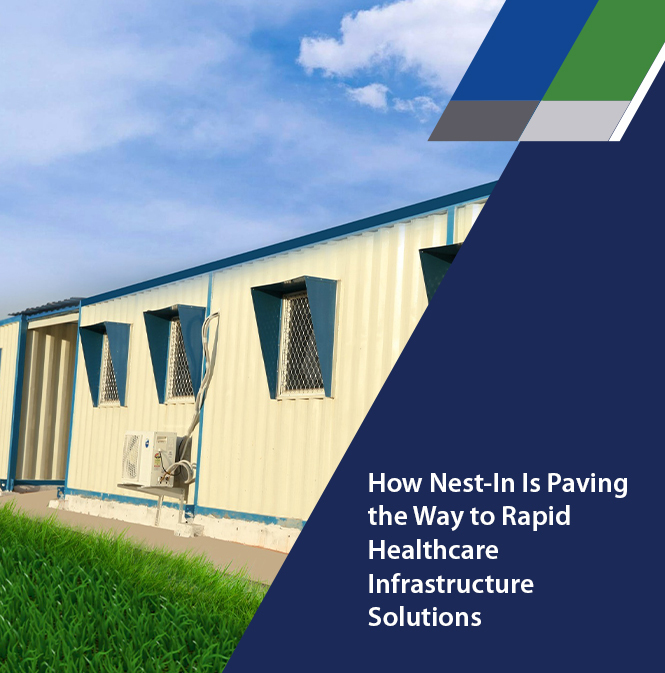
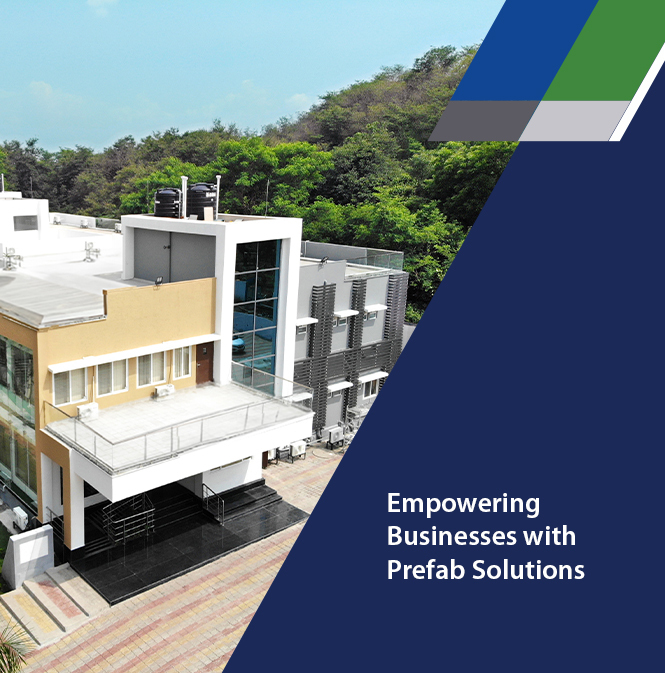


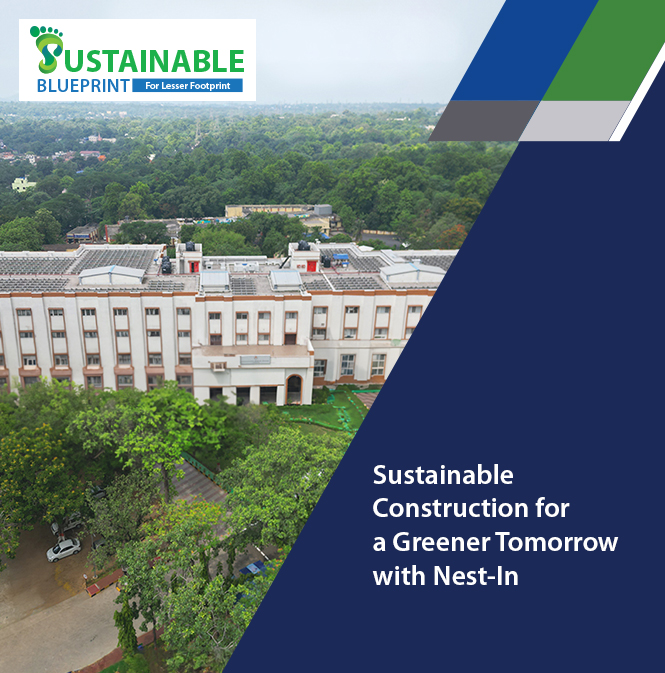
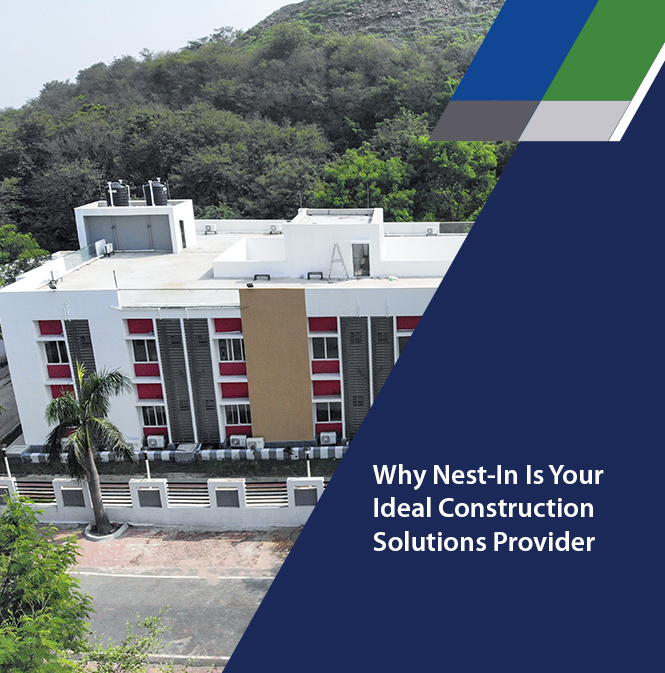
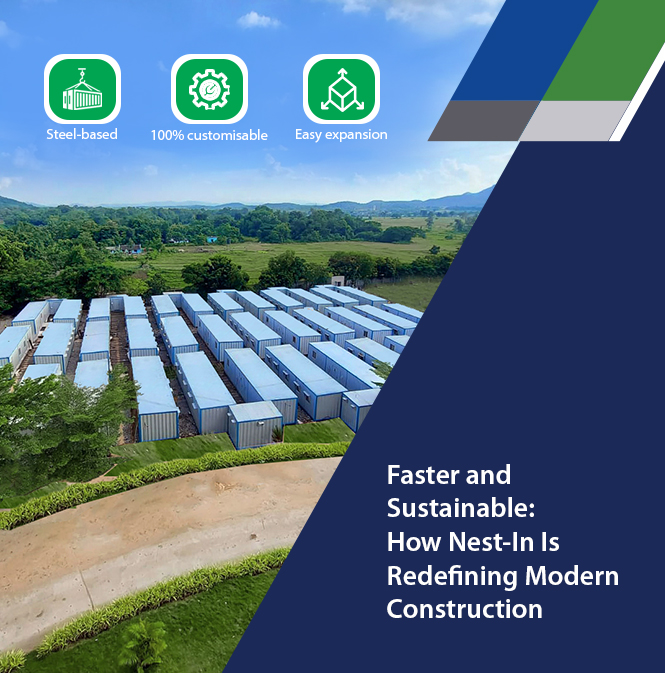



Add comment